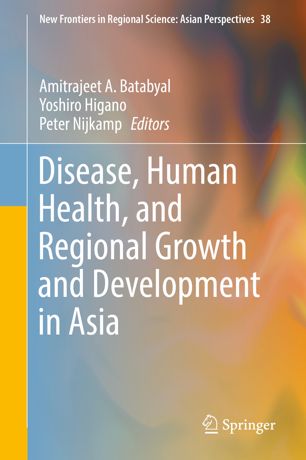

Most ebook files are in PDF format, so you can easily read them using various software such as Foxit Reader or directly on the Google Chrome browser.
Some ebook files are released by publishers in other formats such as .awz, .mobi, .epub, .fb2, etc. You may need to install specific software to read these formats on mobile/PC, such as Calibre.
Please read the tutorial at this link: https://ebookbell.com/faq
We offer FREE conversion to the popular formats you request; however, this may take some time. Therefore, right after payment, please email us, and we will try to provide the service as quickly as possible.
For some exceptional file formats or broken links (if any), please refrain from opening any disputes. Instead, email us first, and we will try to assist within a maximum of 6 hours.
EbookBell Team

4.8
74 reviewsThis book brings together new studies on regional disparities in the provision and maintenance of health in Asia. Specifically, the individual chapters shed light on the various health challenges that Asian regions face with regard to environmental health, communicable and non-communicable diseases, reproductive health, and the development of health systems. The book departs from the existing literature on this subject in three ways. First, it explicitly recognizes that health is essential to the daily lives of human beings. Second, it underscores the fact that good health improves learning, employee productivity, and incomes. Third, the book demonstrates the ways in which an understanding of the preceding two points contributes to our grasp of economic growth and development.
Because Asia is now the fastest-growing and most dynamic continent in the world, the respective chapters provide practical guidance concerning two key questions: First, how do we effectively address the health challenges in individual regions of Asia? Second, how do we ensure that the proposed health interventions lead to sustainable economic growth and development? To this end, the book emphasizes modeling and illustrates the role that sound empirical modeling can play in developing measures that sustainably address the health challenges confronting disparate Asian regions. All chapters were written by international experts who are active researchers in their respective fields. Hence, this book is highly recommended to all readers seeking an in-depth and up-to-date perspective on some of the most important issues at the interface of human health and regional growth and development in Asia.